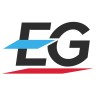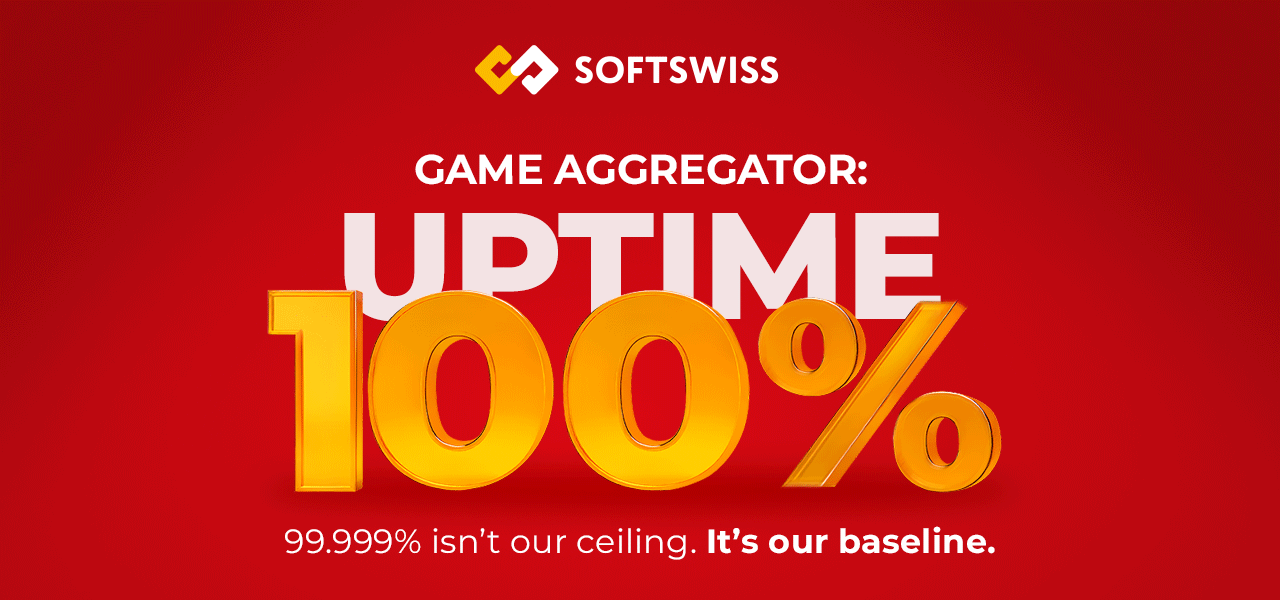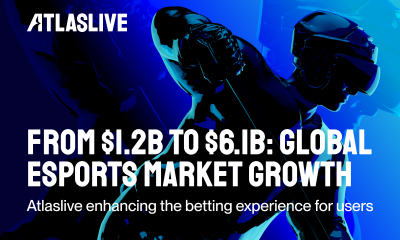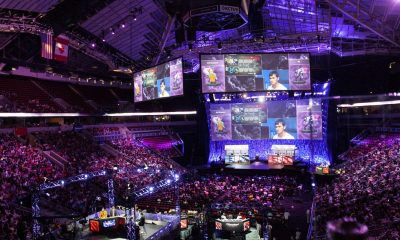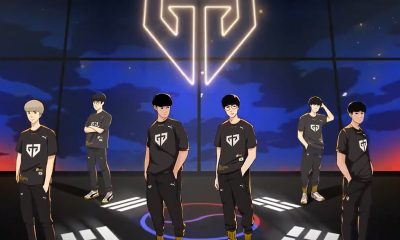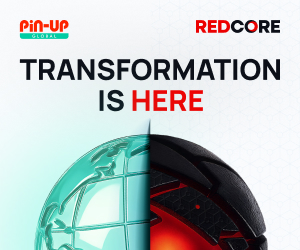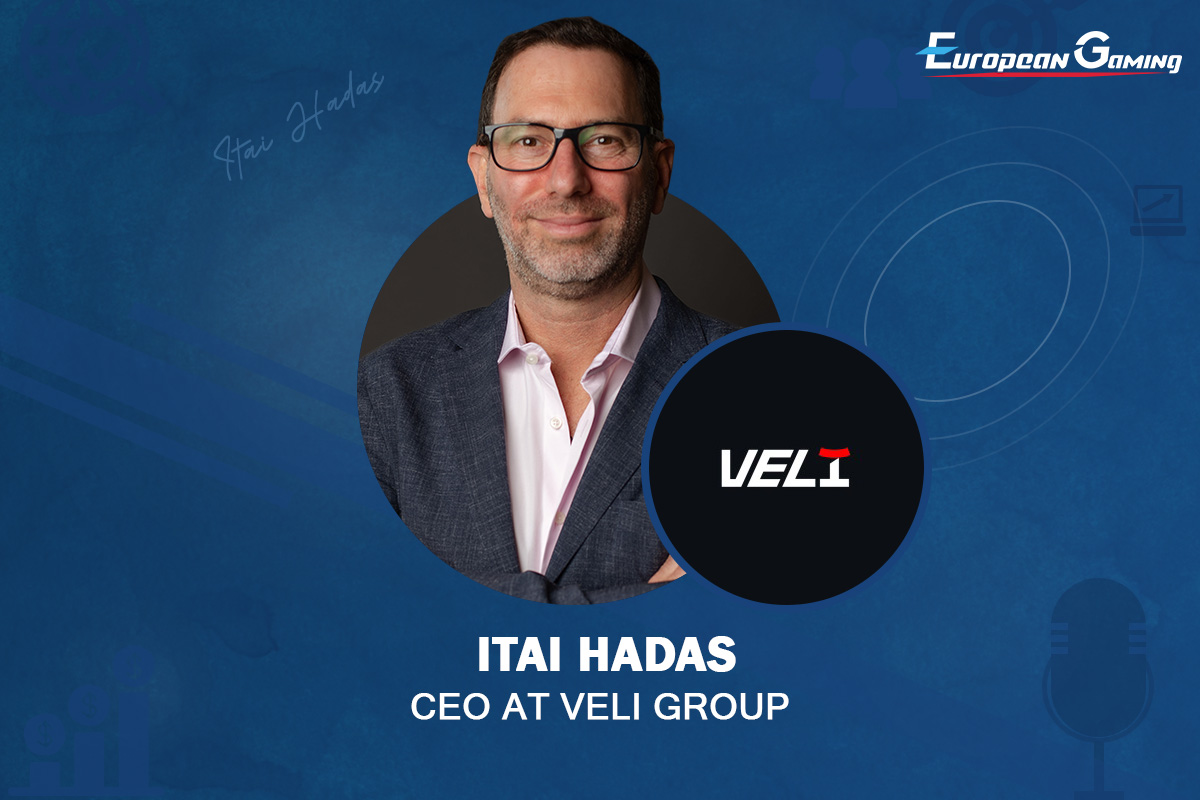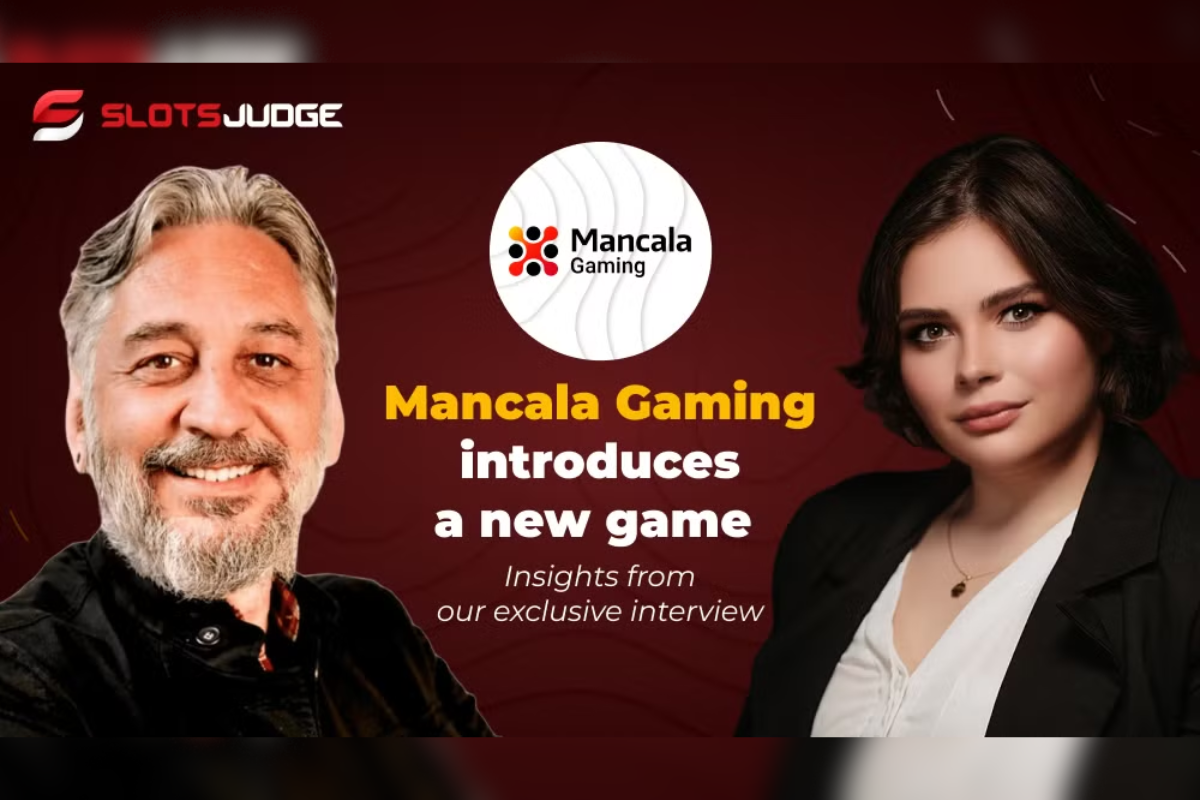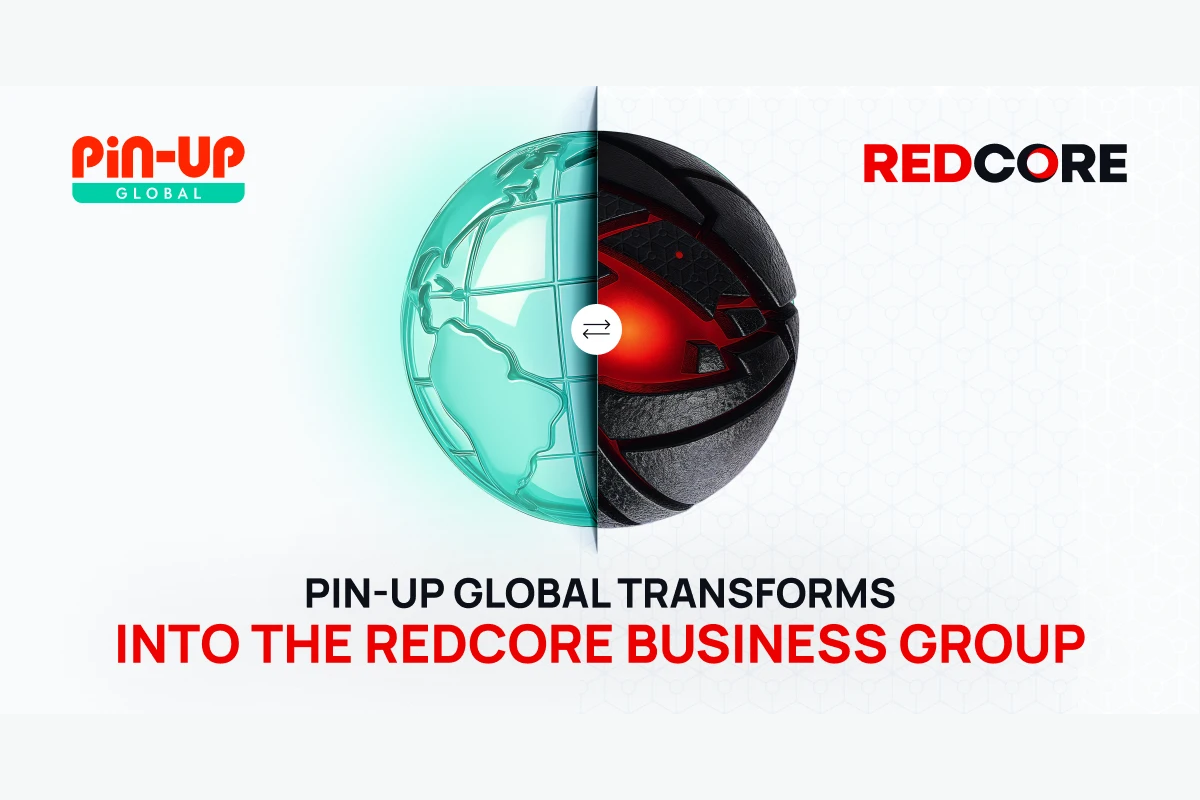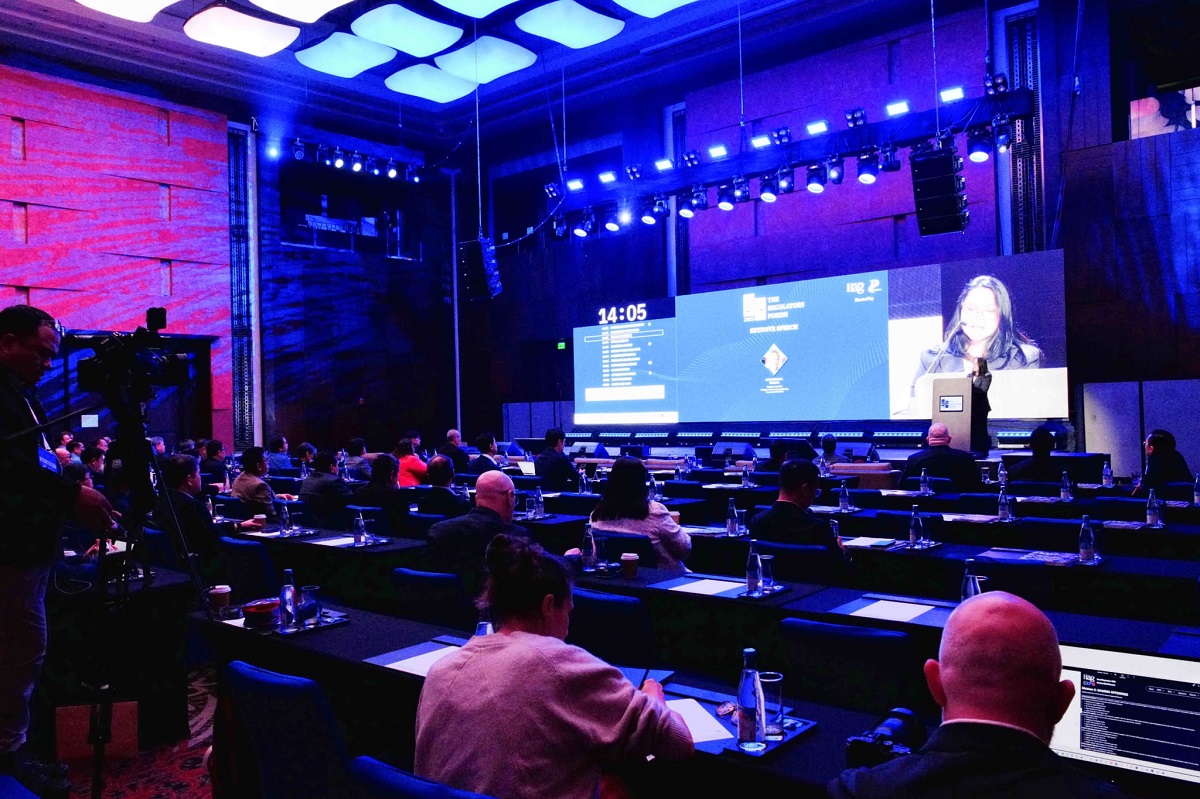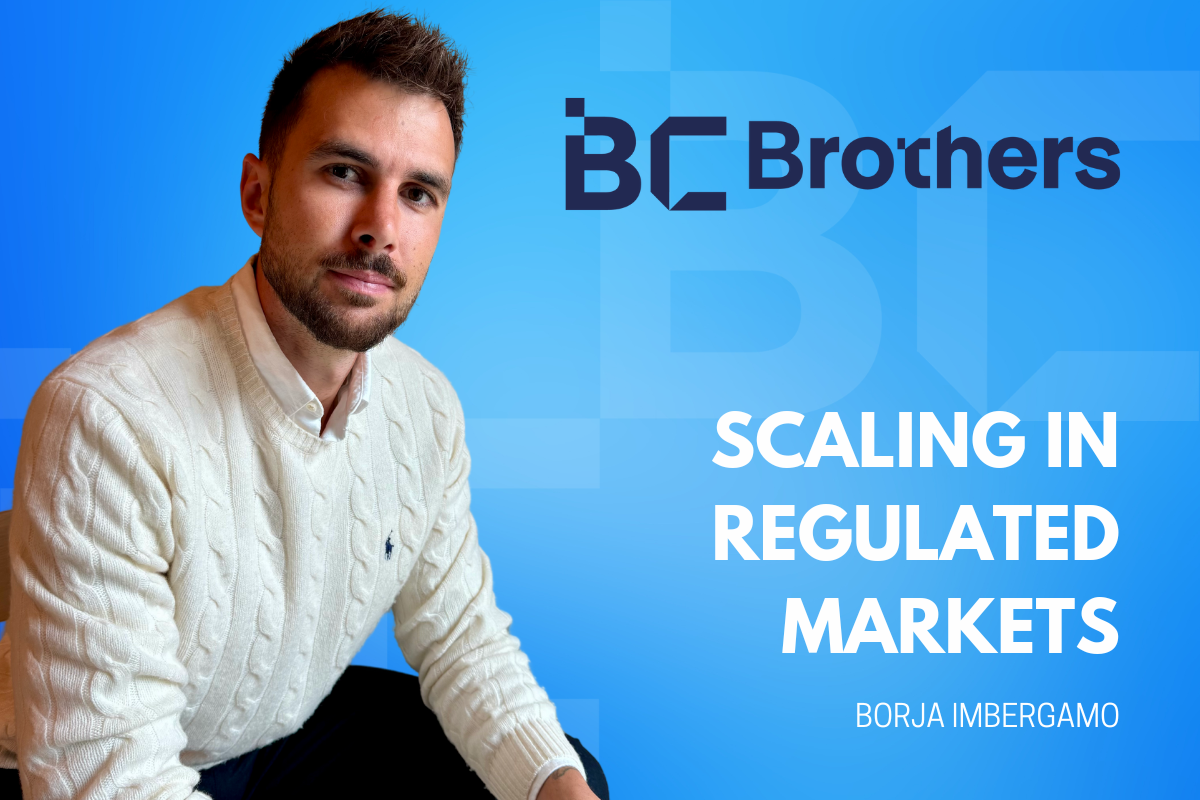eSports
Odgers Berndtson: Annual income of esports top management can reach $170 000
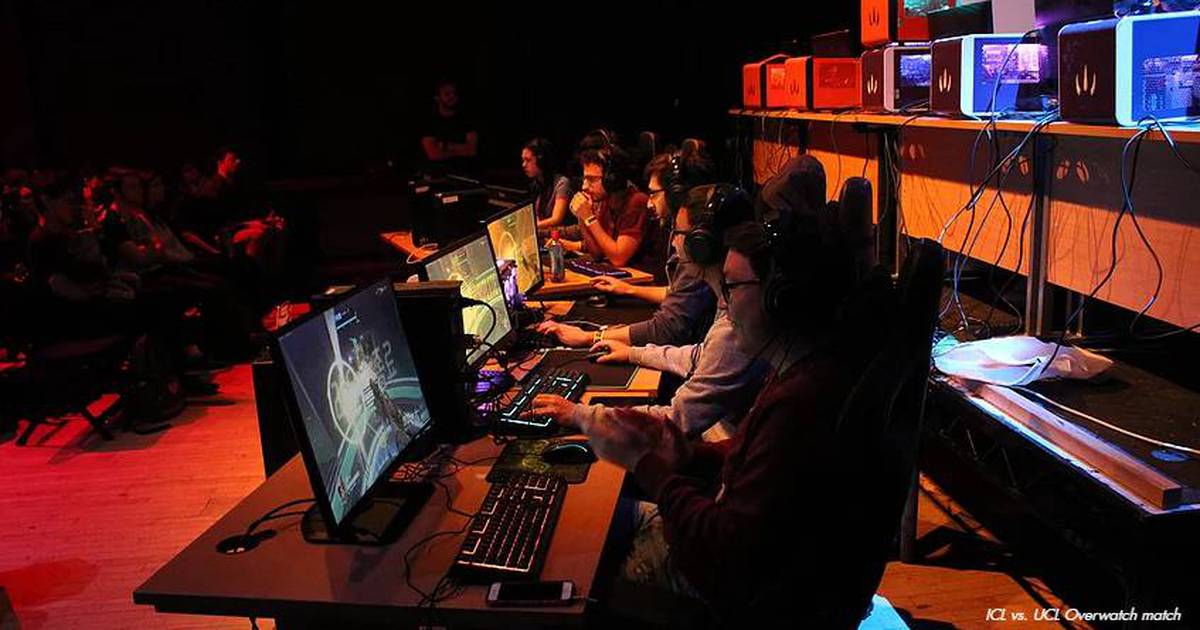
Headhunters are often among the first to identify trends, thereby making them the people who come to find the best managers.
Odgers Berndtson has interviewed twenty top club managers around the world – from North America to Oceania, including Western Europe, Russia and the CIS countries. The results of this study will be useful for all market participants: clubs to compare themselves with competitors, investors who want to enter the esports market, professionals who want to work in the industry, and for fans who are interested in understanding what’s behind their favorite players.
Organisational structures
During interviews with representatives of esports clubs, we have identified 2 main management models (each of them can be subdivided into 2 subcategories):
The first model is a business structure with traditional key functions inside: Sales, Operations, HR, Finance, etc., which report to the CEO. These structures follow the classic organisational model from the corporate world. 81% of the clubs we surveyed have this type of organisational structure.
The remaining 19% of clubs have only two key managers – CEO (Chief Executive Officer) and COO (Chief Operating Officer), who share areas of responsibility among themselves. The most common configuration is when one manager develops such functions as Sales, Marketing and Gaming, and the another one is responsible for the back-office (accounting, finance, etc.). In 50 % of these companies the club outsources the functions of sales and marketing, and the rest have these functions (including sales and marketing) implemented internally.
Sports management
The main resource of the esports business are players, teams, and sports results. Nowadays, clubs use 2 main models of sports management. 57% of clubs have a Sports Director / Chief Gaming Officer who is responsible for team management and sports performance. In the remaining 43%, this function is linked with one of the top managers of the club (CEO / COO). The main factor in both approaches is the CEO / COO’s personal professional gaming experience.
Compensation packages
After we have gathered and systemized all data of compensation packages in the clubs, we saw a big difference in absolute values (up to 10 times). This is due to the different living standards in the regions where esports clubs are present. To present the relevant average earnings in key positions, we removed 10% of the minimum and maximum values.
Annual income:
• CEO – from $ 70,000 to $ 170,000 gross;
• COO – from $ 50,000 to $ 160,000 $ gross;
• CCO (Sales, Partnerships, Sponsorships) / CMO (Content, Marketing, PR) – from $ 50,000 to $ 150,000 gross;
• HRD / CFO / CIO / Legal Director – from $ 40,000 to $ 120,000 gross.
Compensation packages insights
Over the past 1.5-2 years, the structure of compensation packages has changed towards a form similar to other industries – a fixed part and a bonus (the amount of which depends on the KPIs fulfillment). It is important to note that about 40% of top clubs stimulate their top team with long-term incentives (LTI).
The main KPIs for top management are operational: P&L performance, growth number of subscribers on social networks and active fans, views of matches / team content, users retention, and attraction of partners.
Most of Chief Gaming Officer and the CEO have sports results reflected in KPIs. This distinguishes esports managers from colleagues who manage clubs in traditional sports, where in most cases the entire team of top managers has an additional bonus from the team’s athletic performance.
Market trends
• An esports club is no longer just a collection of players who play for themselves or their investor. It is a full-fledged business with media and commercial parts. Esports has become a valuable part of the entertainment market;
• The staff ranges from 18 to 75 people. Only 21% of the organizations we had surveyed have more than 50 employees. Esports clubs, unlike traditional sports teams, still have compact structures;
• Esports companies are becoming increasingly mature and open toward external markets. They hire people having no professional gaming experience, invite business consultants to tackle recruitment tasks, draft strategy and move the club forward;
• Proper P&L management is a short- or mid-term task for 75% of top clubs;
• Employment’s agreements with athletes have changed:
– KPIs for sports results now included
– employment contracts became long-term;
– the club’s share has increased in the prize money from tournaments.
About the study:
-
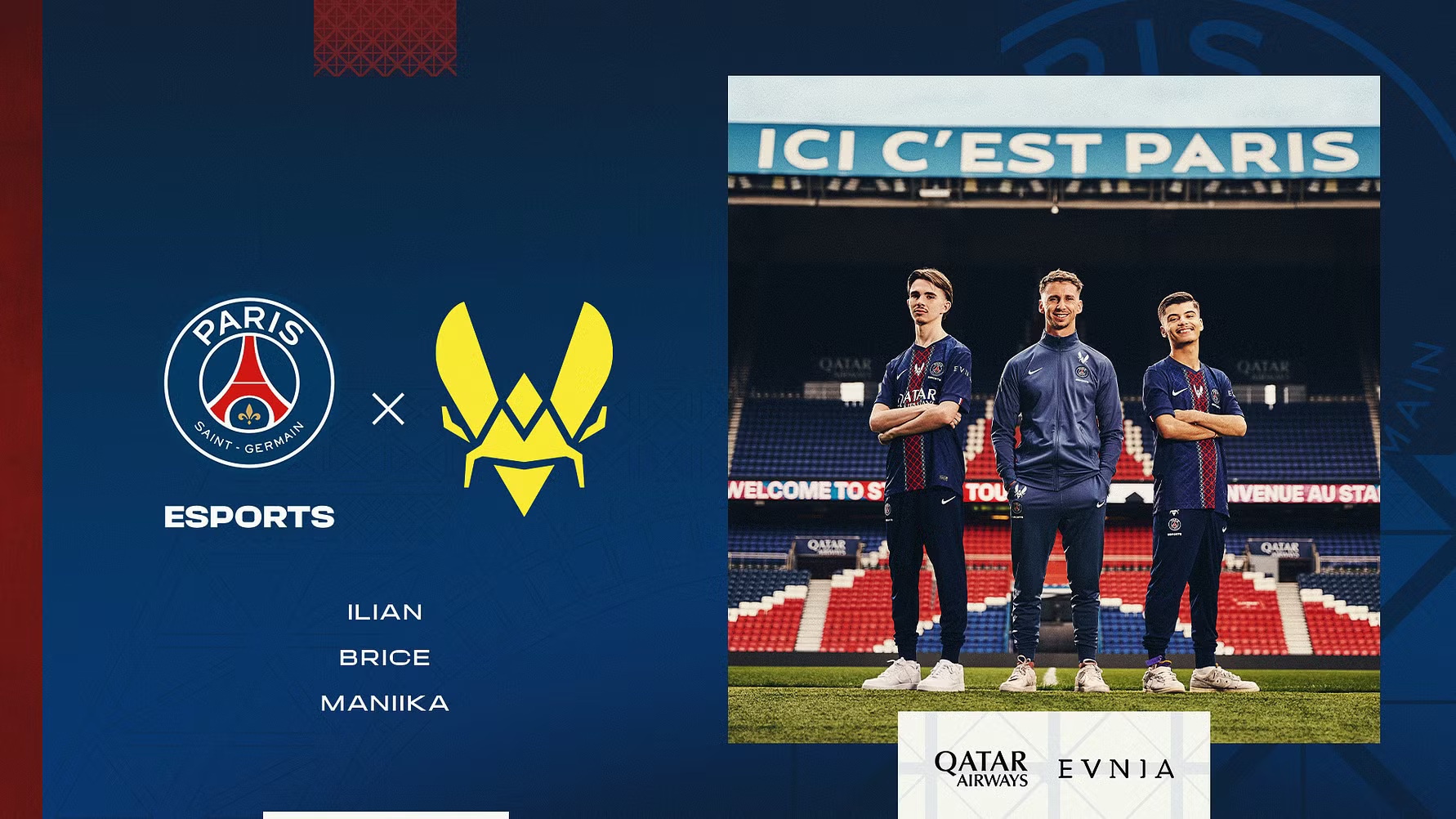
 eSports10 hours ago
eSports10 hours agoTEAM VITALITY AND PARIS SAINT-GERMAIN ESPORTS ANNOUNCE EA FC COLLABORATION
-

 Asia7 days ago
Asia7 days agoTesla to showcase Model Y with NODWIN Gaming at the thrilling BGMS Season 4 Grand Finals
-
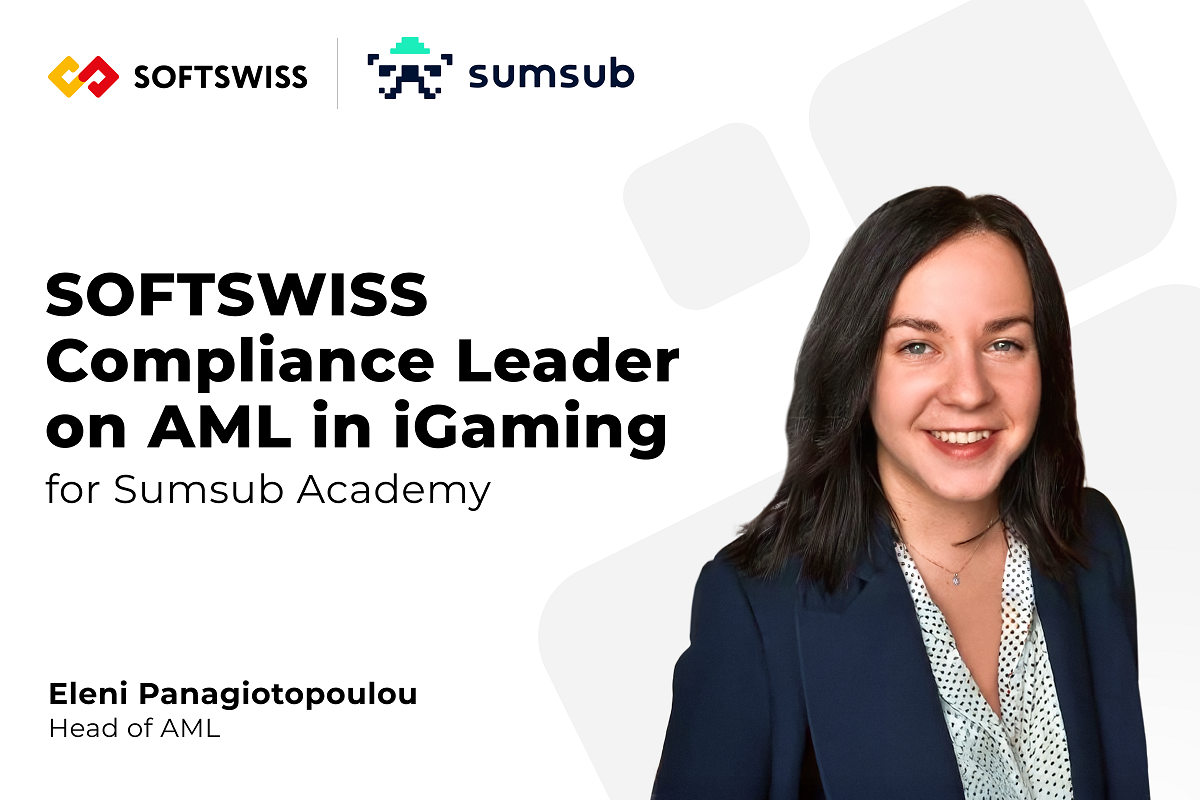
 Compliance Updates7 days ago
Compliance Updates7 days agoSOFTSWISS Compliance Expert Shares Knowledge on AML in iGaming for Sumsub Academy
-
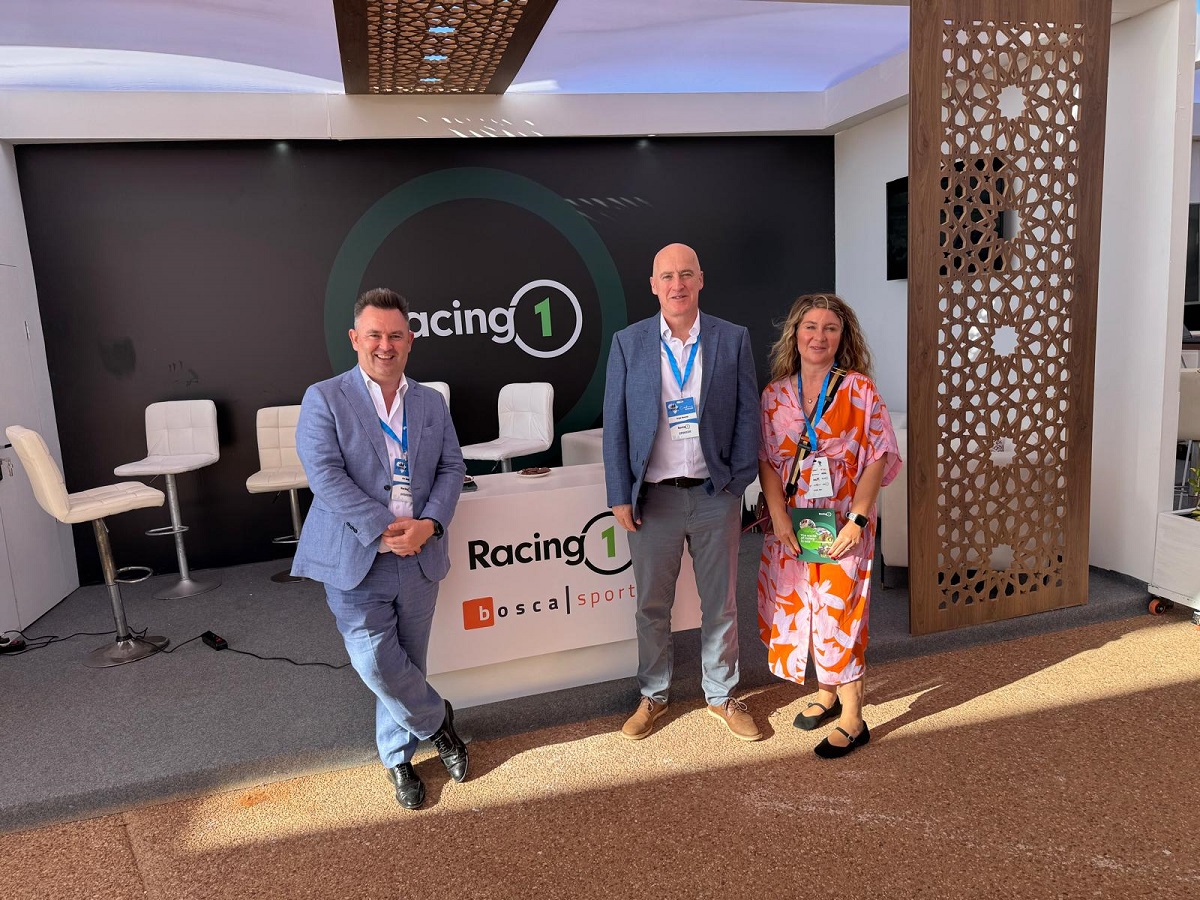
 Africa7 days ago
Africa7 days agoRacing1 is exhibiting for the first time at the Grand Prix D’Afrique
-
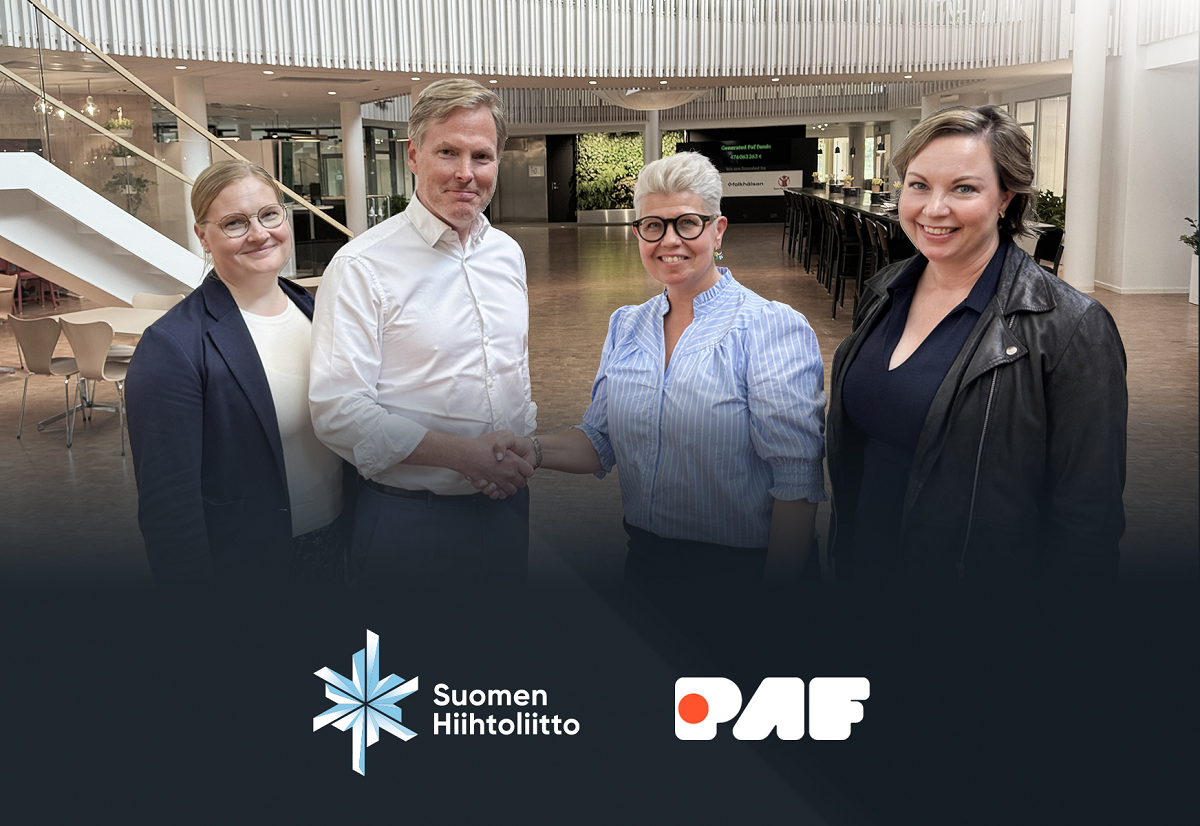
 Latest News7 days ago
Latest News7 days agoÅland-Based Gaming Company Paf Becomes Main Partner of the Finnish Ski Association – One of the Most Significant Sponsorship Agreements in the Association’s History
-
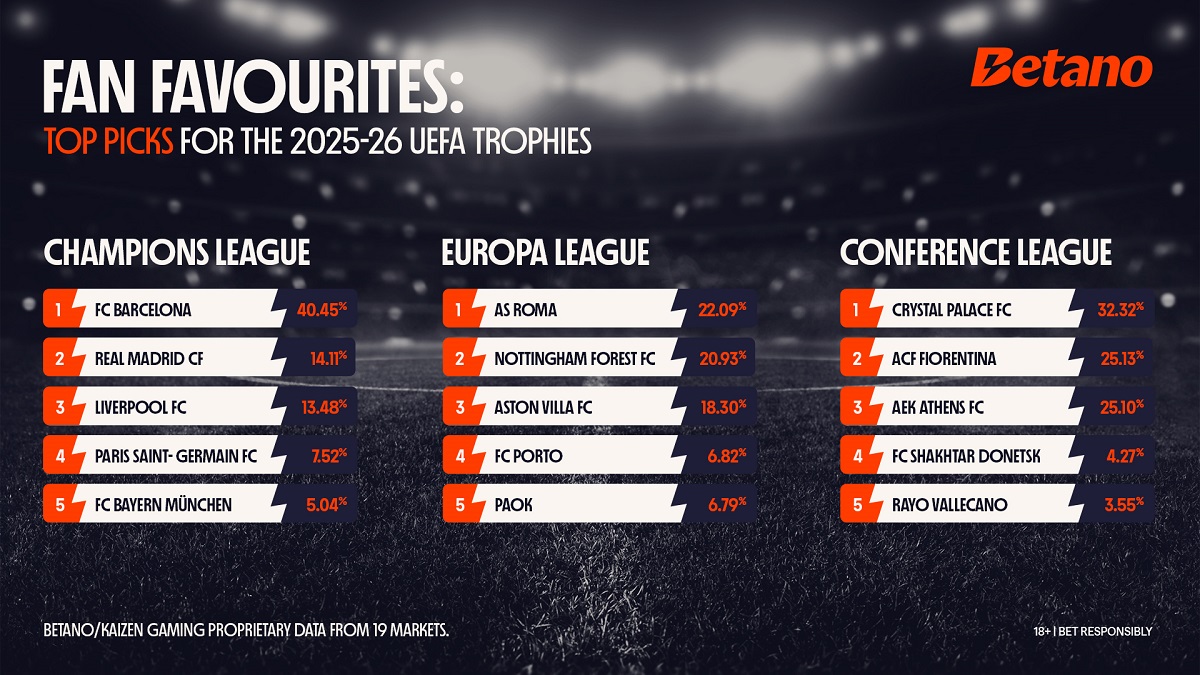
 Latest News7 days ago
Latest News7 days agoKaizen Gaming data – FC Barcelona the fan favourite to win the Champions League
-

 Latest News7 days ago
Latest News7 days agoAnimo Studios debuts virtual hosts for live table games starting with Stake
-

 Latest News7 days ago
Latest News7 days agoWeek 37/2025 slot games releases
